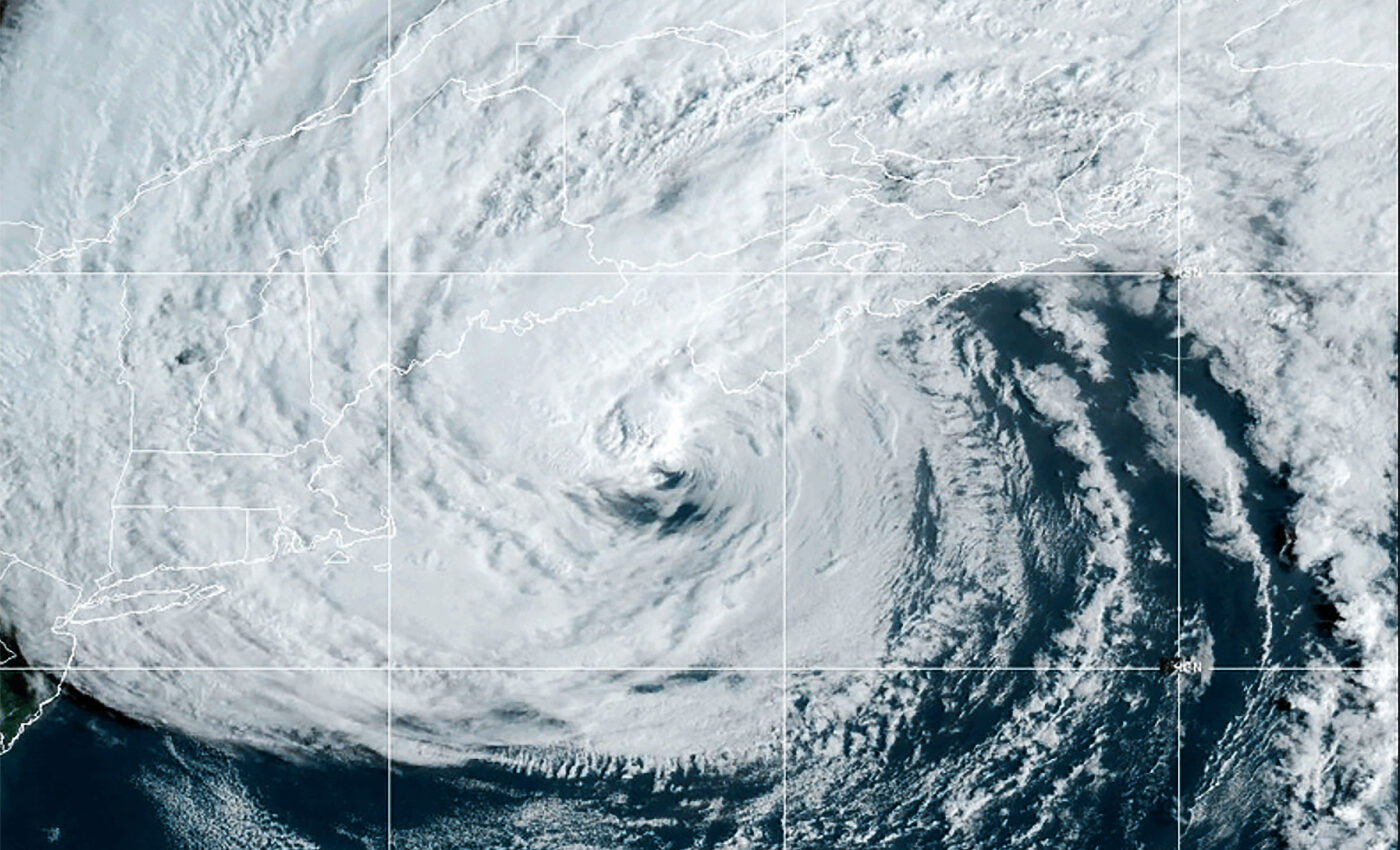
Post-tropical cyclone Lee takes aim at New England and Canada
Post-tropical cyclone Lee, while no longer classified as a hurricane, is still generating considerable concern as it continues to wield the power of “hurricane-force winds.” Both the United States and Canada are on high alert, bracing for severe storms and substantial rainfall.
Track and trajectory
Currently traveling north at a speed of approximately 25mph, Lee’s path has parts of the U.S and Canada making necessary preparations. The U.S National Hurricane Center (NHC) reports that the cyclone will likely slow down in its northward trajectory later today.
By around noon, the center of Lee is projected to reach western Nova Scotia. From there, it is expected to shift towards the north-northeast and northeast, sweeping across Atlantic Canada between tonight and Sunday.
Weather conditions to expect
Regions in Atlantic Canada currently under a hurricane watch face potential hurricane conditions. Meanwhile, tropical storm conditions have already manifested along the coastlines of New England and Nova Scotia, with indications they may progress further north.
Residents in the far eastern sections of Massachusetts, Maine, western Nova Scotia, and New Brunswick should prepare for rainfall estimates between 1 to 4 inches.
Emergency measures in place
In a notable move, Maine’s Governor, Janet Mills, declared a state of emergency last Thursday. This marks the first time in 15 years that Maine has been placed under a hurricane watch. Through a social media post, Governor Mills urged Mainers, especially those in Downeast, to exercise extreme caution. She emphasized the importance of residents ensuring they have adequate resources and supplies as the storm approaches.
Adding to the state’s efforts, President Joe Biden approved an emergency declaration specifically for Maine. Alongside this, he has also extended federal assistance to bolster state resources. White House Press Secretary Karine Jean-Pierre addressed the situation, saying, “We encourage all of those in the path of this large and dangerous storm to remain alert.”
Canada on alert
Further north, Canadian authorities are sounding the alarm for residents in southern New Brunswick and western Nova Scotia, particularly concerning potential flooding and power outages over the weekend. New Brunswick’s Minister of Public Safety, Kris Austin, strongly advised citizens to assemble a 72-hour safety kit. Such kits should contain essentials like batteries, food, water, necessary medication, and a radio.
In a statement on his official X page, the Canadian Federal Minister for Emergency Preparedness, Harjit Sajjan, emphasized that authorities are closely watching Lee’s movements. He assured residents that the government stands ready to provide necessary support to vulnerable areas.
A deja vu for Canada
For Canada, this isn’t the first time it’s facing the wrath of a hurricane in recent memory. Last year, Hurricane Fiona wreaked havoc, demolishing houses, causing widespread power outages across eastern Canada, and tragically sweeping a 73-year-old woman out to sea.
As both countries make preparations and closely monitor Lee’s movements, residents are reminded of the need for vigilance and the importance of adhering to safety guidelines.
—
Like what you read? Subscribe to our newsletter for engaging articles, exclusive content, and the latest updates.
—
Check us out on EarthSnap, a free app brought to you by Eric Ralls and Earth.com.













